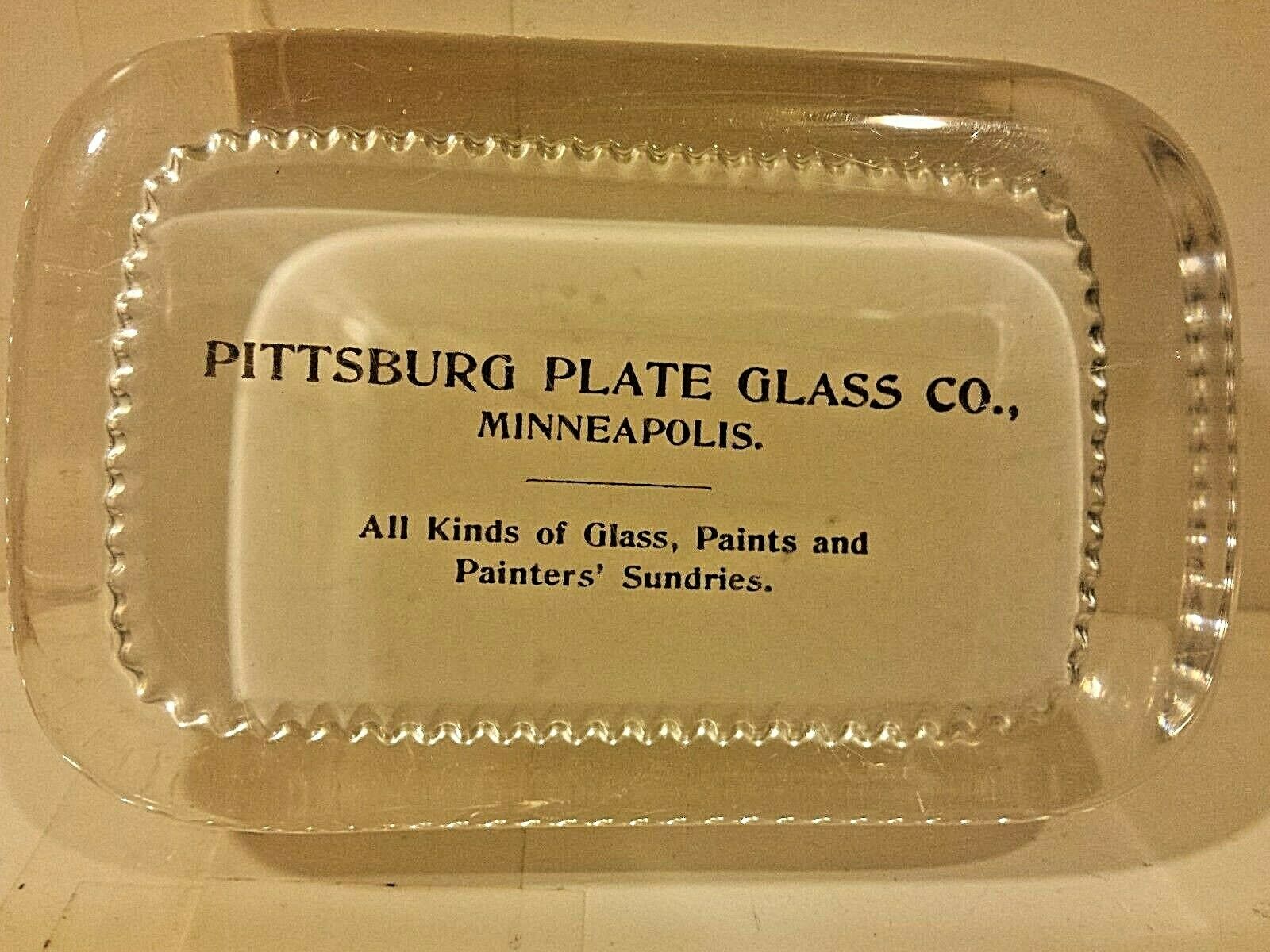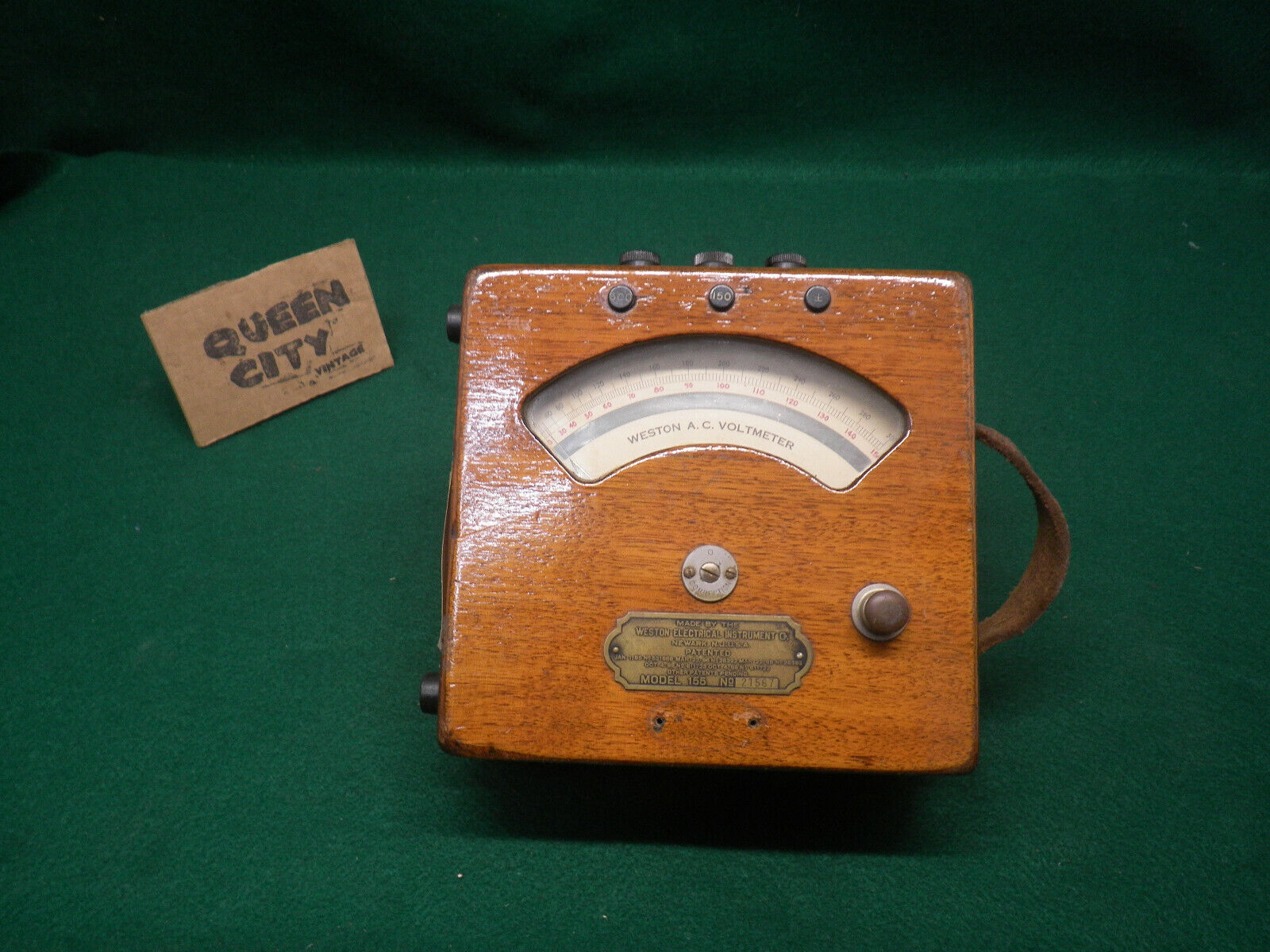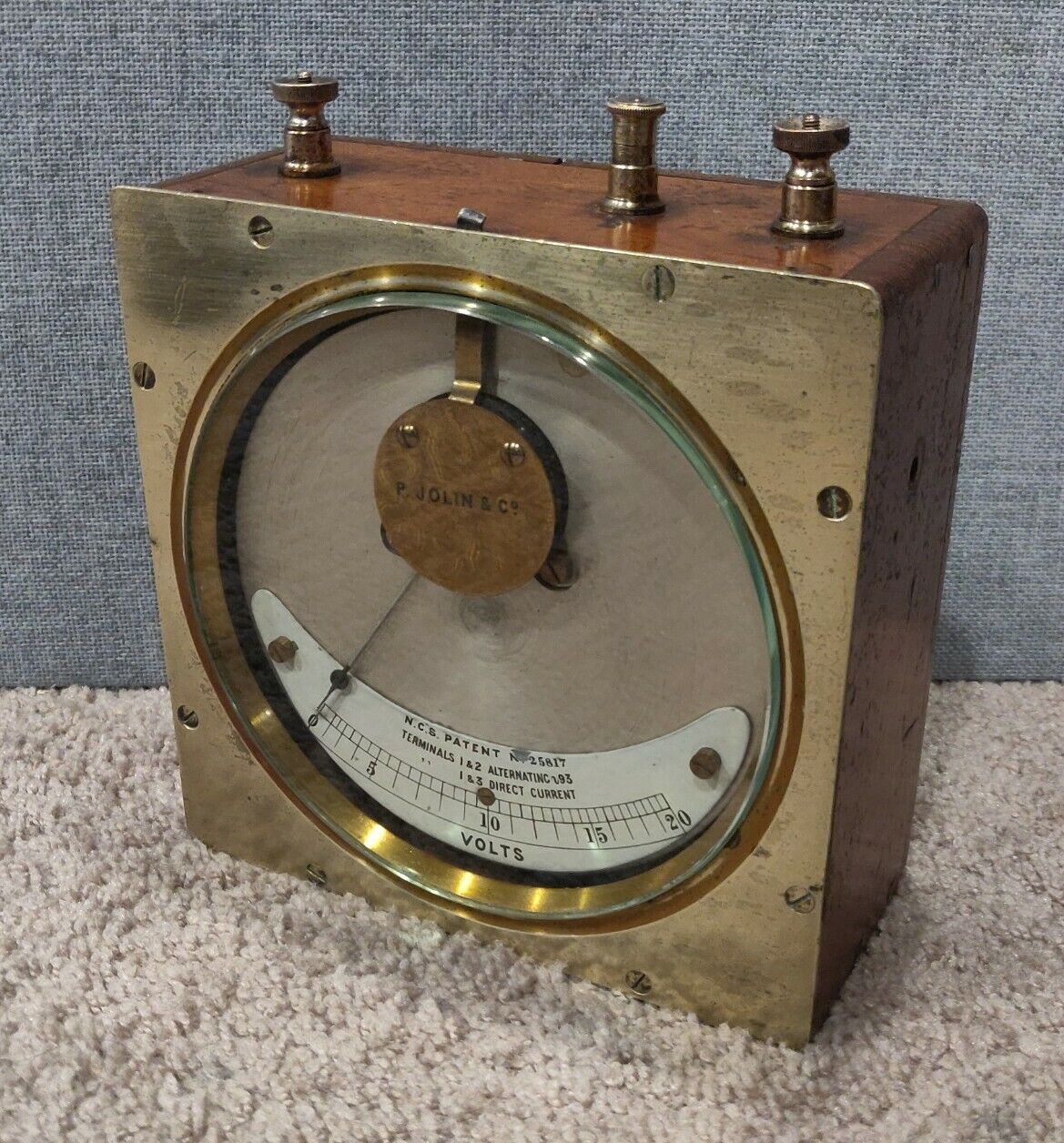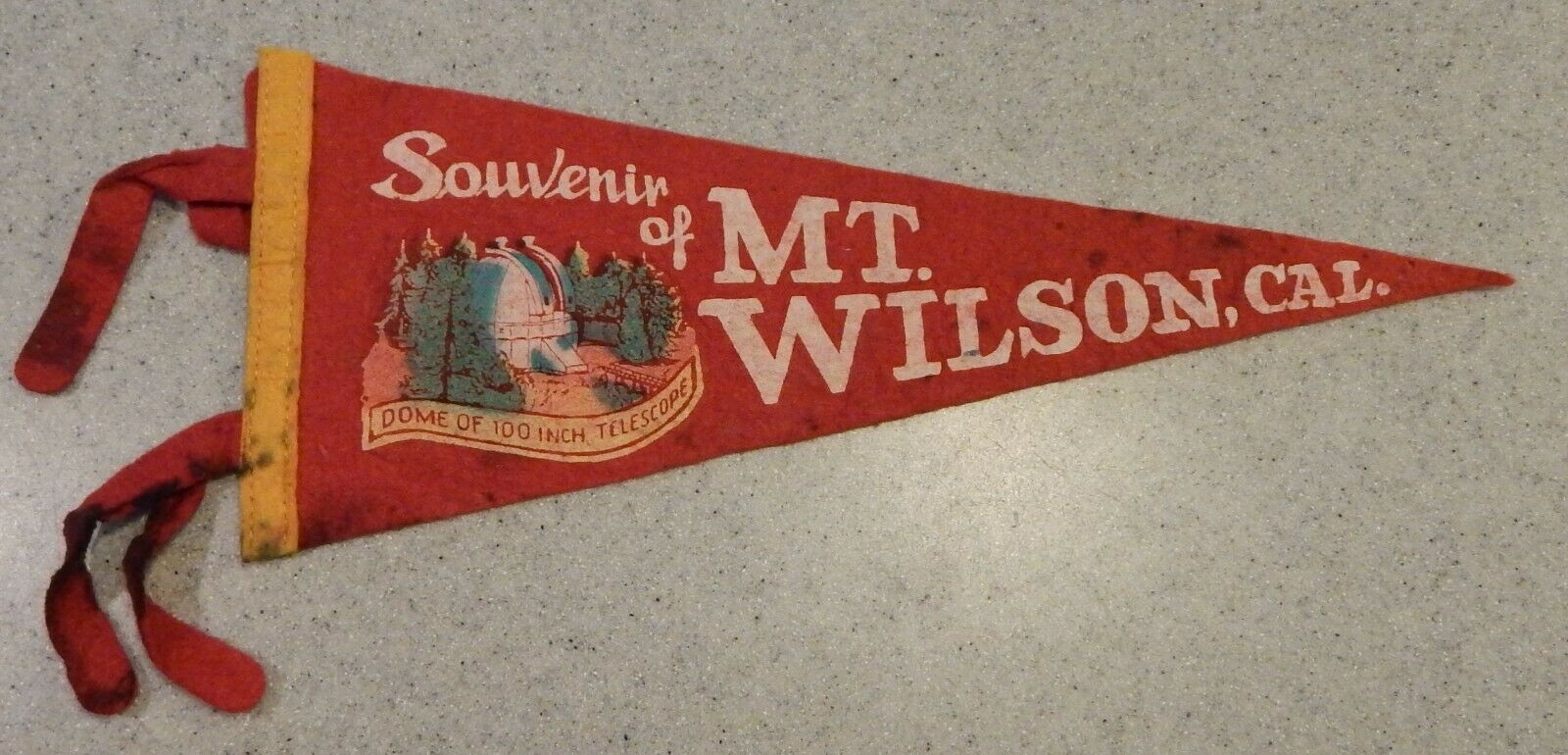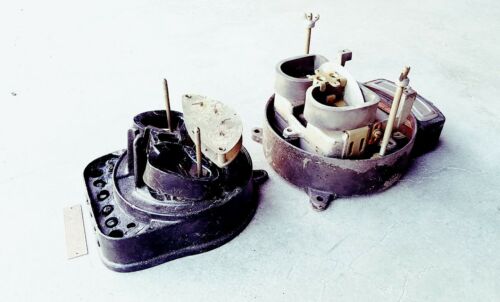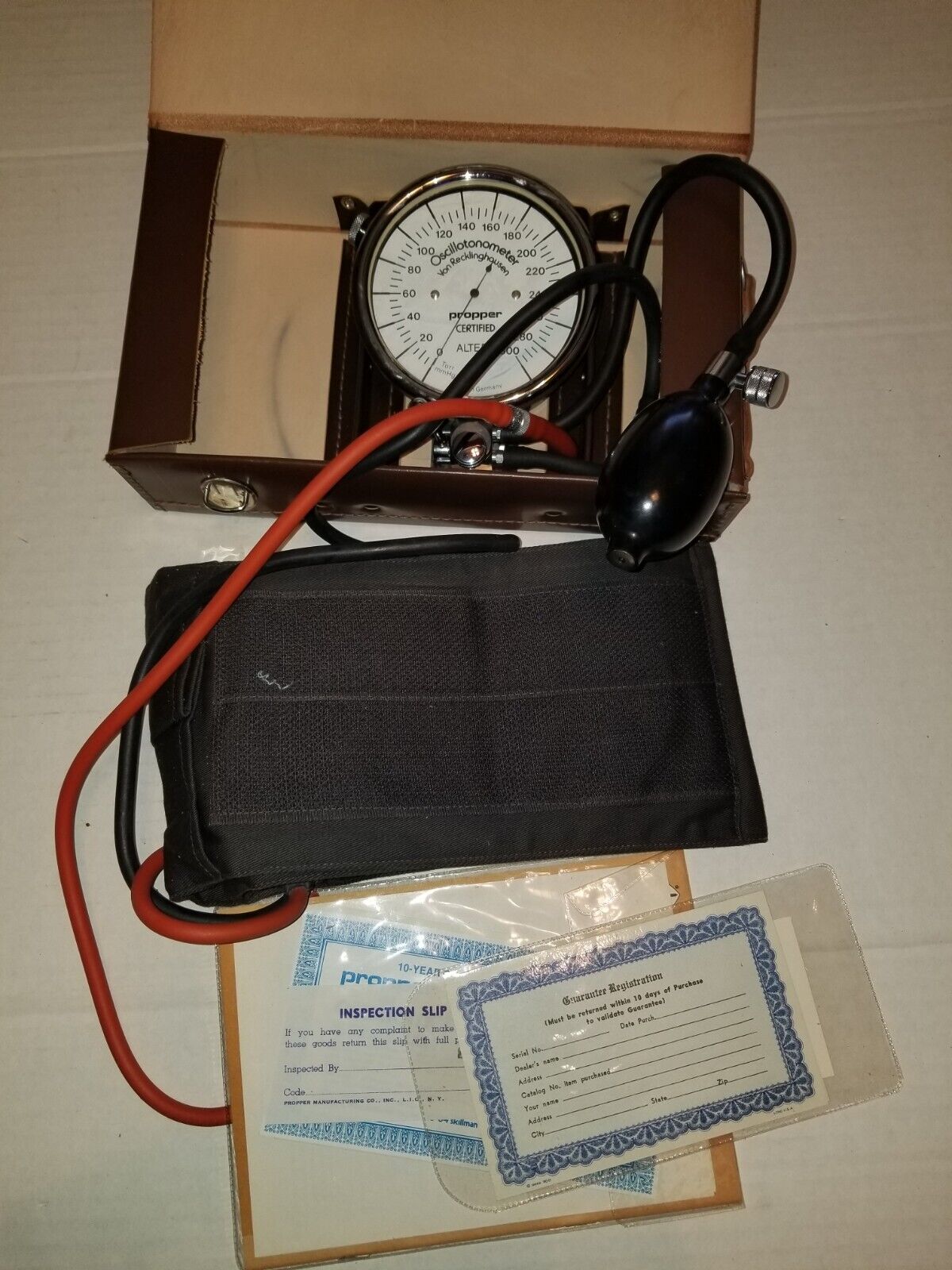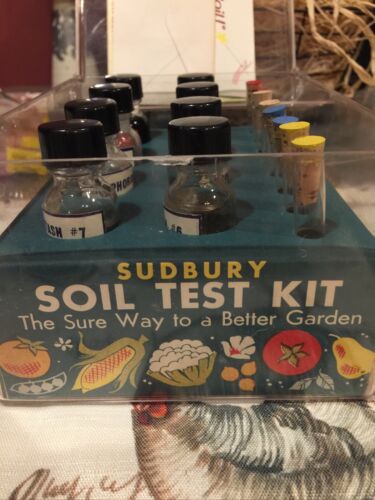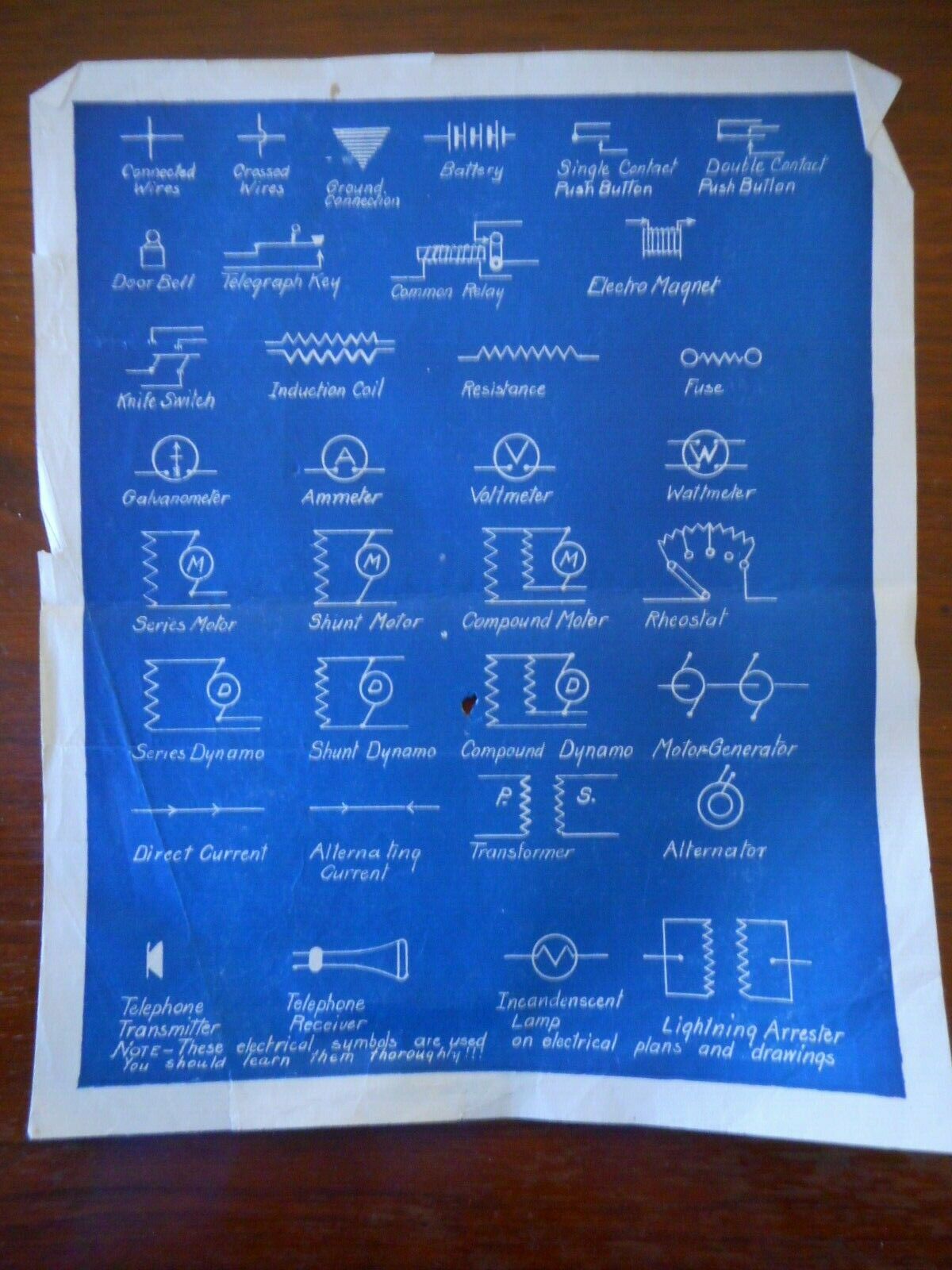-40%
Rare 1890 CLINOGRAPH Folding Wood Ruler J HARRISON Patent - W.H. HARLING LONDON
$ 31.67
- Description
- Size Guide
Description
The Clinograph was an early drafting instrument, circa 1890Folding wood ruler is a simple drawing instrument which is normally used with a T-square.
It is used by placing one of the fixed edges on the T-square and the adjustable edge can then be turned to the required angle. It is held in position by the friction within the stiff brass joint
Designed by Joseph Harrison stamped Harrison's patent m
ade by W.H. Harling London, a high quality mathematical instrument maker
In excellent condition no cracks or splits, some writing on reverse
Solid hardwood with brass hinge
Stamped "THE CLINOGRAPH" Harrison's Patent, W.H. HARLING LONDON
7" x 6-5/8" x 4-1/4"
A terrific find for the collector
This beautiful wood desk C1860 is from the original surveyors of the GLO (General Land Office). It has been verified by a historian, Sharon Haun, of the Kansas State Historical Society in 1996. It is 22" X 12" X 9", weighs 15.4 pounds, and is well made. It appears to be made from walnut, but is hard to tell, being that it is (160) years old. It has no stain, varnish, or any other finish on it, other than lemon oil, just to keep it from drying out too much.
It is adorned with applied brass embellishments, hand carved and painted compass rose inside the lid, and hand-wrought iron handles. Inside is a pen box with a swivel lid. It originally locked, and still has the brass front-plate for a key, but the locking mechanism is long gone. Why a lock, you might ask? The chief surveyor was not only in charge of the field notes, but also the pay for the field crew, which was usually in gold coin.
This desk withstood the rigors of heavy terrain and waterways on a wagon train carrying the astronomers, food supplies, and personal effects of the surveyors in the field. Due to the rough conditions, bouncing around in a wagon overland, it has had several repairs done to keep it workable, and the top kept very flat, since it was the survey chief's writing surface.
These wooden desks are extremely rare, albeit small, due to lack of room in covered wagons. Most did not survive their service due to extreme conditions. The Smithsonian Institute Museum in Washington D.C. does not have one, nor does any Land Survey Museum in the U.S. that I could find.
A beautiful example of Americana, with rich history, and aesthetic appeal. This wooden jewel looks great anywhere you put it.





